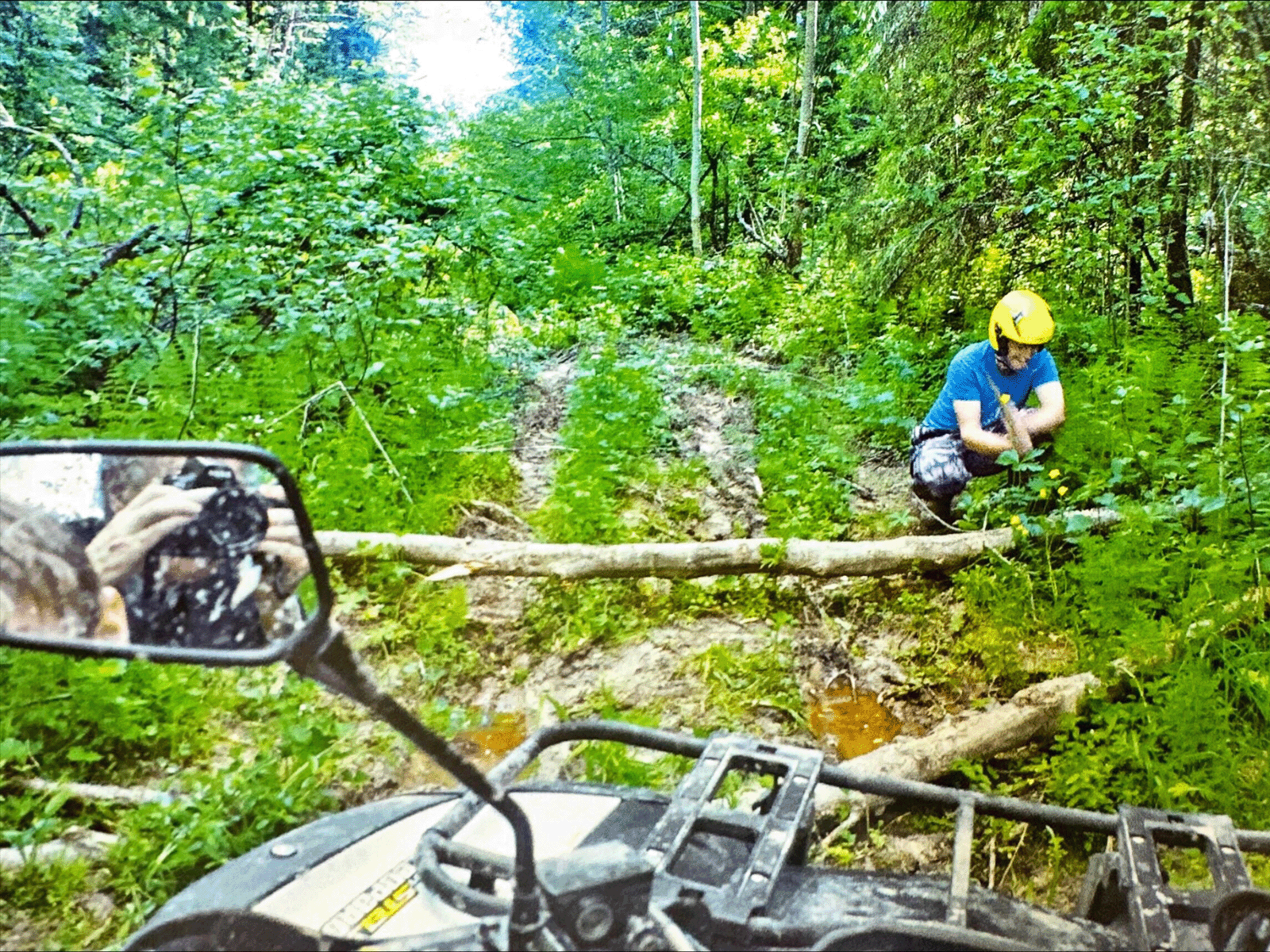Russia’s Wooden Architectural Heritage: A New Book by Tulane's William Brumfield

From Forest to Steppe | The Russian Art of Building in Wood
Photography plays a crucial role in preserving architectural memory, especially for wooden structures in remote Russian regions. In his latest book, From Forest to Steppe: The Russian Art of Building in Wood, Tulane University professor William Brumfield builds a powerful historical archive that documents wooden churches, homes, and barns that are rapidly disappearing.
Spanning over a half century from 1970 to the 2020s, Brumfield's photographs document the architectural legacy of rural Russia, from the cities of European Russia to the vast expanses of Siberia and the Far East. The over 400 color images in his latest book serve not only as striking visual records but as scholarly documents that reveal vernacular building techniques and the changing cultural landscape of Russia's countryside. Each image is meticulously dated and often captures structures in various states of abandonment, decay, and restoration, offering a rare glimpse of a unique vernacular architecture.
In From Forest to Steppe, Brumfield turns his lens on the wooden architecture, which is now increasingly threatened by urban redevelopment, economic shifts, water intrusion, deferred maintenance, fire, and even entangled in title disputes. As he notes, wooden buildings are frequently cleared in favor of denser development and are often seen as inconvenient or outdated. Yet these structures can carry centuries of history, culture, and craftsmanship. Without Brumfield's documentation, many of them would vanish without a trace.
The book also foregrounds the personal dimension of Brumfield's decades-long work. In his beautiful and moving exordium, he reflects on the personal relationships he developed over the years of fieldwork, as well as the trust he built with local communities, who have come to his aid and, in some cases, even challenged him. These connections often provided access to remote buildings and oral histories, enriching the project with human context beyond the built environment.
If you'd like to browse the book, CELT (Located in the Howard-Tilton Memorial Library, Suite 300) has a copy.
If you'd like to purchase this book, do so, here.

